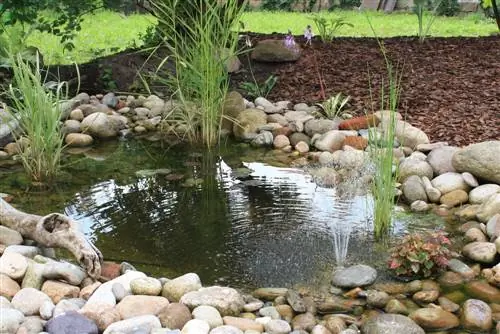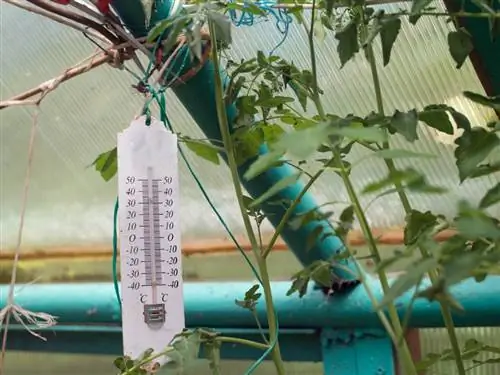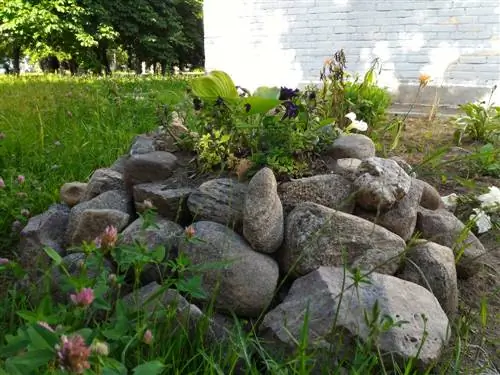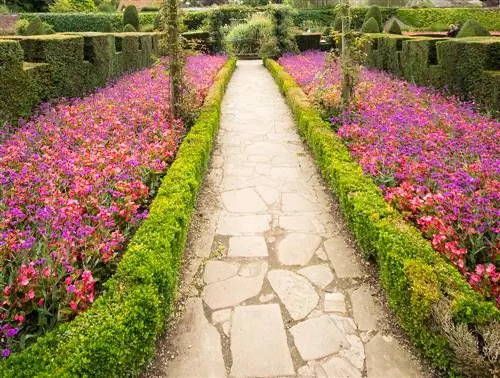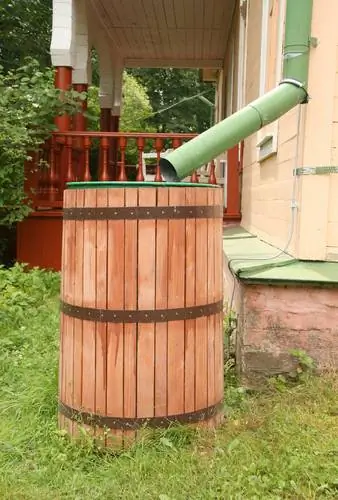- Author admin [email protected].
- Public 2023-12-16 16:46.
- Last modified 2025-06-01 06:02.
The border of the garden pond creates harmonious and clear contours, which can still be very individual with appropriate skill and the use of different types of pebbles and stones. There are no limits to your artistic and natural feelings.
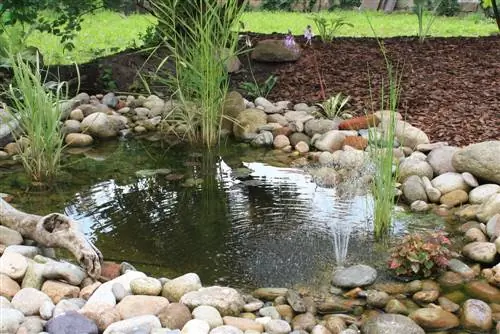
Which materials are suitable for a garden pond edging?
A border for a garden pond can be individually designed with different types of pebbles and stones. Quartz pebbles, Rhine pebbles, Nordland pebbles, sea pebbles, glacier pebbles, granite pebbles, marble pebbles and moraine pebbles offer a variety of sizes and colors for designing the pond edges and zones.
Ornamental ponds should fit harmoniously into the overall structure of the landscape so that the naturalness of the property is preserved. Stones, boulders, decorative pebbles and even granite slabs play a special role here, which not only ensure the unique beauty of the facility, but can also be life-saving for some small animal species, such as hedgehogs and squirrels. By the way, stones have an almost astonishing decorative effect when they lie slightly covered by water and fully develop their color in the light of the sun.
Combine different types of pebbles together
The different colors and grain sizes of the pebbles make every pond seal, the capillary barriers and film overhangs invisible and ensure an overall aesthetic appearance around the pond. Ornamental pebbles are available from building materials stores in sizes between 0.8 and 20 cm loose or in (more expensive!) bags, which allows particularly individual design freedom for the garden pond border. Our table shows some examples:
| pebble type | commercial sizes (in mm) | Colors of the pebbles |
|---|---|---|
| Quartz pebbles | 8 to 50 | black/white |
| Rhine pebbles | 8 to 60 | colorful |
| Northland pebbles | 70 to 250 | colorful |
| Sea pebbles | 40 to 60 | gray/blue |
| Glacier pebbles | 30 to 50 | gray/white |
| Granite pebbles | 70 - 250 | gray/pink |
| Marble pebbles | 80 to 200 | white/gray |
| Moraine pebbles | 50 to 200 | colorful |
With some types of pebbles, it is necessary to rinse them thoroughly before using them on or in the garden pond, as the amount of dirt can sometimes be considerable.
Processing the pebbles at the pond
It is visually particularly advantageous to start with the distribution at the lowest point, work your way up and use material of different sizes. The color depends more on personal preferences and can also be combined in multiple colors in the different pond and bank zones. With stones and boulders you can easily loosen up, especially larger areas, if desired, even creating artificial rock landscapes. Specialist retailers also have a wide range of stones available, such as:
- Limestones: color between beige and dark gray; very attractive due to its hollows;
- Serpentine: multicolored; Veins on the surface;
- Lava boulders: ocher to brown; coarse-grained, rough surfaces;
Tip
If the garden pond is bordered with pebbles, it is best to use different grain sizes on slopes so that the slope cannot slide downwards.

